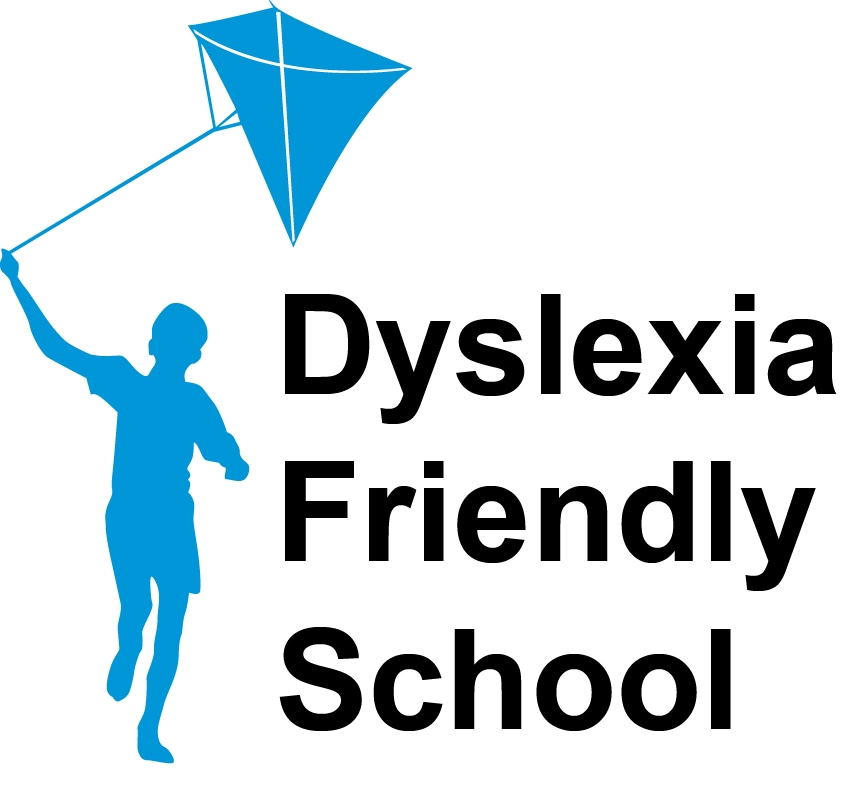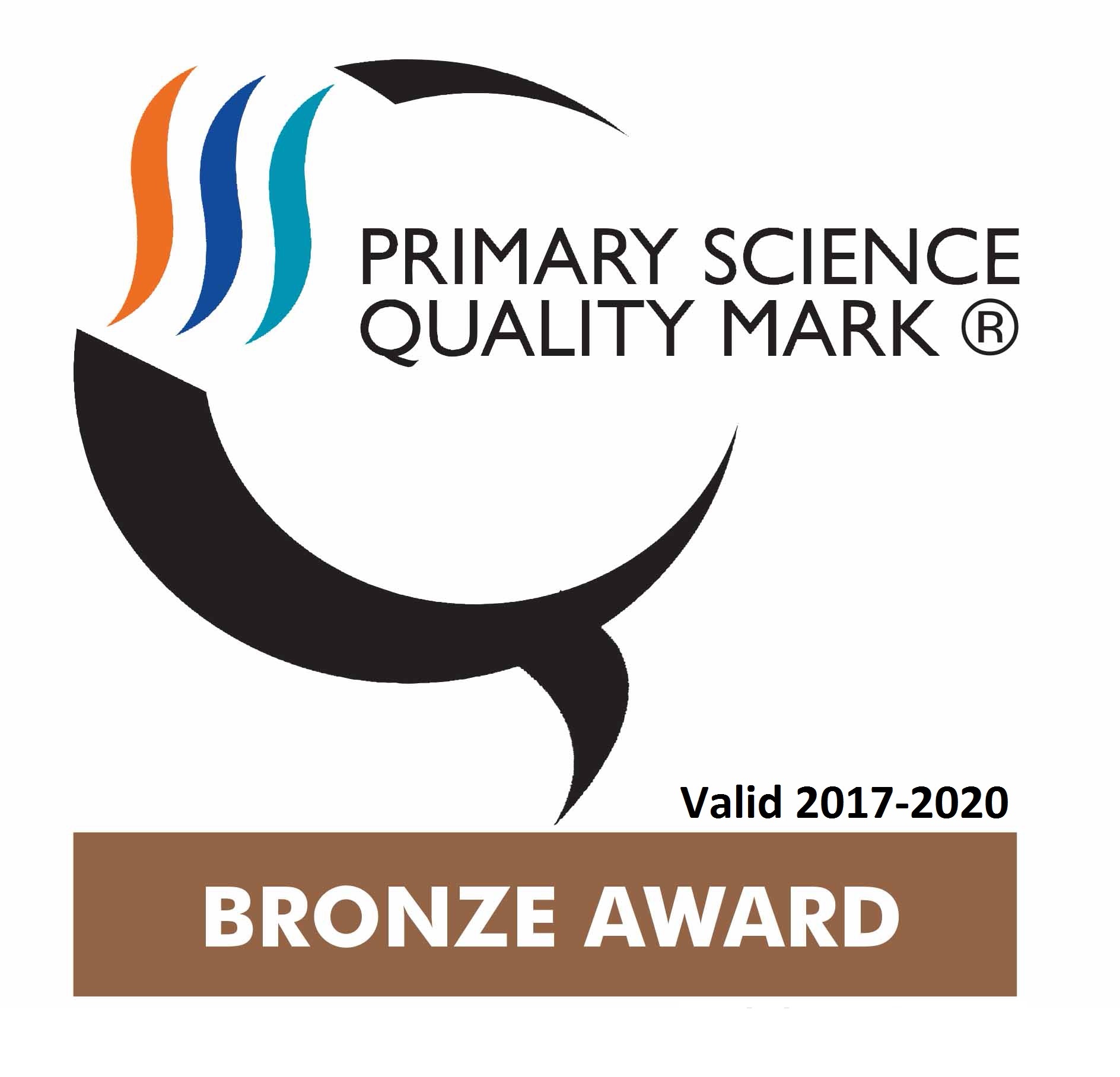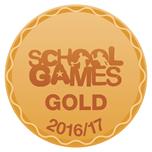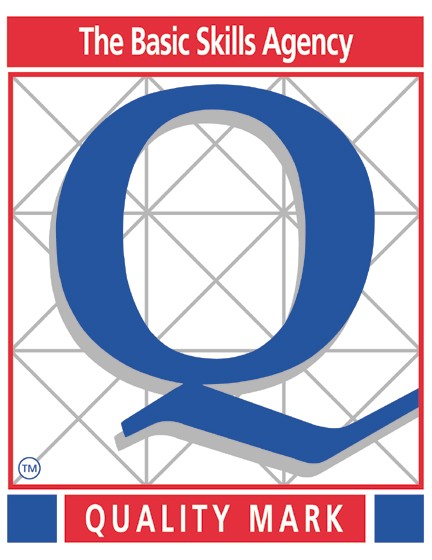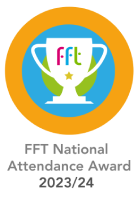OUR NEWSLETTERS
KEEP UP TO DATE

Science is an exciting and dynamic subject and on this page we hope to inform you about our approach to teaching it. We have broken this page into three broad sections:
Intent: the knowledge and skills that pupils will gain
Implementation: how the curriculum developed or adopted by the school is taught
Impact: the outcomes that pupils achieve as a result of the education they have received
Curriculum Vision Statement:
By the time pupils leave Navigation they will have developed a deep understanding of the world through the scientific disciplines of biology, chemistry, physics and the scientific method. They will have an appreciation of the power of science to inform our world view and the benefits it has brought to humanity. Children will develop a curiosity about the world and the skills and vocabulary to enquire scientifically.
Intent:
Our curriculum vision statement outlines our broad goals for science, whereas our whole school curriculum progression map gives a detailed breakdown of what each year group is taught. There is also an overview of the different units of work that each year group covers. Go to the bottom of the page and you can open these documents and take a look.
Implementation:
You can see from the documents above how the skills progress and which units the children cover in each year group. These are arranged with regard to ensuring that children are able to revisit and build on their previous learning. However, we do not simply see science as a corpus of knowledge to be acquired but also as a means of understanding the world through enquiry-based learning. Below are five types of scientific enquiry which we teach the children. Through these types of enquiry, children are encouraged to work like scientists by planning investigations, making observations, recording results in different ways and asking further questions.

Comparative and fair testing
This is changing one variable (something we can change in an experiment) to see its effect on another whilst keeping all the others the same. We might start talking about comparative or fair testing with children by first talking about what can be changed (the 'variables') and whether this might make a difference to the outcome. For example, consider a car rolling down a ramp. We might ask the children: What will affect how far the car travels?
Research
This is using secondary sources of information to answer scientific questions. Pupils might use pictures, books, websites or information sheets that have been pre-prepared to help them to find out answers to questions about any area of science. They may visit a museum or talk to a visitor in school or parent about science. Children particularly like learning using online materials. We choose websites for children that are age appropriate so that children are not discouraged from their research by too much text or complex vocabulary or inappropriate content. Examples of research:
Observation over time
This is observing changes that occour over a period of time from a few minutes to a few months. All sorts of questions can be answered through observation over time. The period of time might be seconds, minutes, days or even months depending on the question asked. Examples of observation of time:
Pattern Seeking
This is identifying patterns and looking for relationships in enquiries where variables are hard to control. Pattern seeking often starts with a question about a possible link between two events or phenomena (variables). You may start by asking the children 'I wonder whether the smallest ...' or 'I wonder if the largest....'
To answer these types of questions, children will need to collect data: observing, measuring and recording events or systems. Or, they could collect data from secondary sources such as images or texts. Pattern-seeking enquiries provide excellent opportunities for children to learn about habitats, adaptation, growth, staying healthy (diet, exercise, disease), the weather, rocks and soils and the solar system.
Sometimes, pupils will identify a direct relationship between two variables. For example, a shadow is taller when a light source is moved closer to the object. In this case, the tall shadow exists because the light has moved nearer the object: this is an example of a causal relationship. There are no other factors that can explain the relationship between the cause (the distance between the light and the object) and the effect (the size of the shadow). Note: it is important that children understand that a direct relationship between two variables does not always mean a causal relationship exists. It is more common to find a direct relationship between two things that is not completely the result of one variable directly affecting the other.
In extreme cases, two variables can be related to each other without either variable directly affect the other. An example of this could be a relationship between children's height and their hair colour. For example, children might measure their height and record their hair colour on a numerical scale (1-5 representing black, dark brown, brown, pale brown, blonde) and conclude that 'in our class, the tallest children have the fairest colour hair'. This might be true but the tall children have not grown taller because they have blonde hair and their hair is not fair because they are tall. If you can find a direct relationship that exists that is clearly not a causal relationship, this is may help the children understand that not all relationships are causal.
Examples of pattern seeking:
Identifying, grouping and classifying
This is making observations to name, sort and organise items. Young children perform simple grouping tasks, sorting items by simple observable features such as colours, shape and size. As children develop their knowledge of plants, animals and materials, they will sort and classify living things and materials using specific criteria. Older children may make charts or keys to help identify different animals and plants according to their observable features, and materials according to their properties.
Examples of identifying, grouping and classifying:
Problem solving
This is applying prior scientific knowledge to find answers to problems. To help children develop independence in scientific enquiry, pupils should be encouraged to use their own initiative in problem-solving. You might challenge your pupils directly with a question or show a particular phenomena and ask them to explain it. Often, posing problems with a real-life context will stimulate children's interest and thinking.
Examples of Problem Solving:
Science Week
Although throughout the year we teach science every week, at Navigation, we hold a science week each year which involves exciting investigations and inspiring visitors across the school. Our 2022 theme ‘Growth’ allowed us to investigate living things, materials and even energy consumption! Each classes investigates the theme using some of the enquiry-based learning discussed above. Then there is an exhibition in the hall during which each class can show all the wonderful things they have been learning about. We also have a school-wide competition; see below a photograph of our fantastic poster competition winners’ work on display.

Royal Society Young People’s Book Prize
This year we are taking part in the Young People’s Book Prize. Our panel will be reading and reviewing the shortlisted books below so that we can select our winner to send to the Royal Society. Once judging is complete, keep an eye out for the books in our school library!

Impact:
Each subject is driven forward by a member of staff who monitors the attainment and progress of our children. We do this in a variety of ways including speaking to children, looking at their learning in their books, observing lessons and using data gathered from our school’s assessment system. This analysis can then be used to provide support and resources where needed to maintain high standards across all subjects.
We have also had a headteacher from another Trafford school come to look at our science provision. He gave a great deal of positive feedback about the science provision at Navigation.
Hawarden Road
Altrincham
Cheshire
WA14 1NG
0161 912 5937
admin@navigationprimary.com
